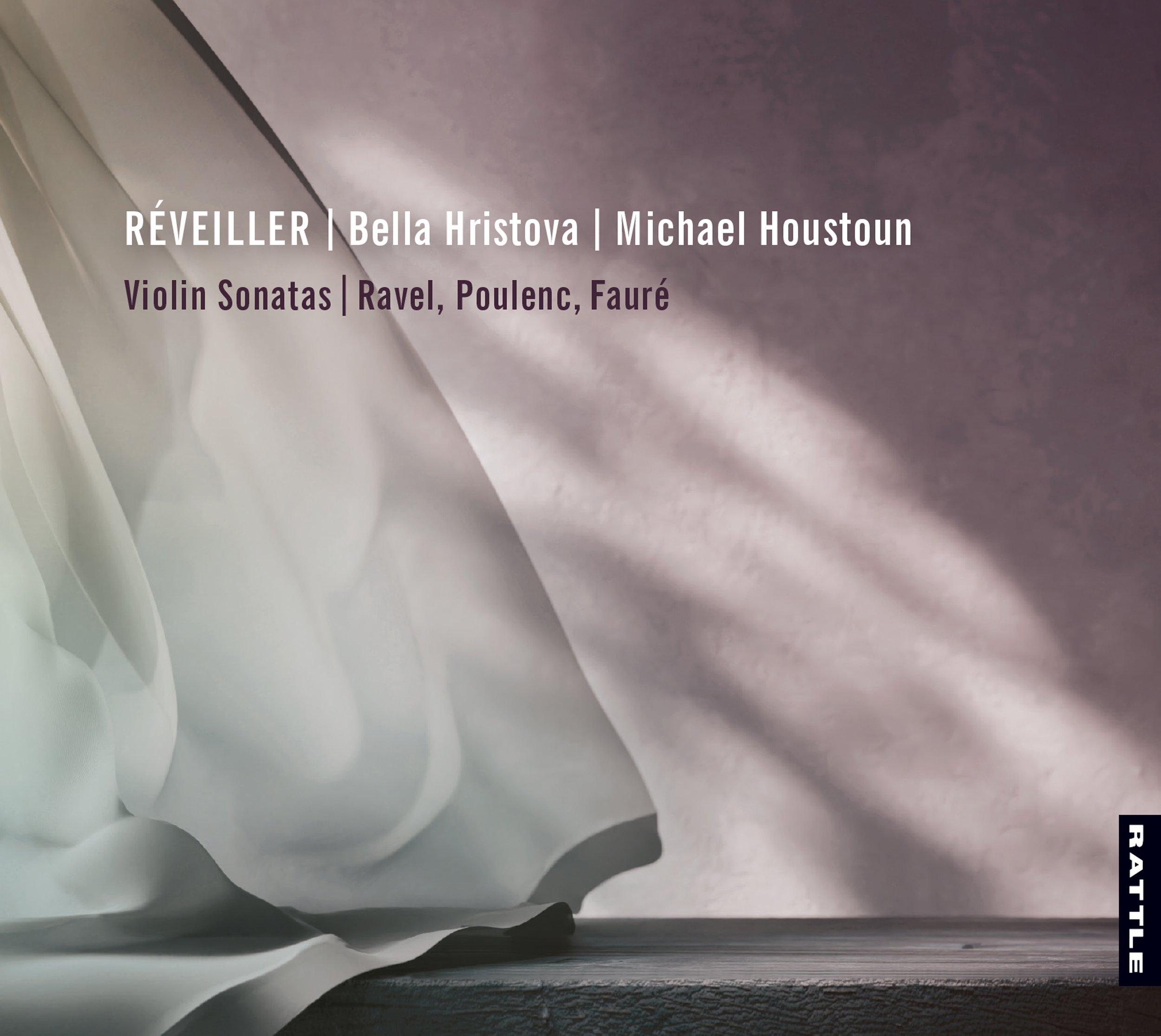John Daly-Peoples
John Daly-Peoples, New Business Review
Michael Houstoun, who is one of the world’s great pianists and one of the foremost interpreters of Beethoven’s piano music, has just released a boxed set of the complete sonatas of the composer which will set a new bench mark for recordings of these works.
In 2013, Chamber Music New Zealand's ReCycle Series featured the pianist performing the complete Beethoven piano sonatas in a nationwide tour.
This would be a major release by any recording company but for a New Zealand company this is a remarkable undertaking. Rattle Records, now part of Victoria University Press is to be congratulated.
The breadth of the accomplishment can be heard in the playing. Houston seems to have understood every phrase that Beethoven wrote, bringing a technical virtuosity to exploring the musical and emotional depths of these sonatas. These are not just explorations of the music but also of Beethoven’s psyche.
Mr Houstoun achieved fame early in his career with prizes from three of the world’s most prestigious piano competitions – the Van Cliburn International Piano Competition (1973), the Leeds Competition (1975), and the Tchaikovsky Competition (1982). Since then, he has been constantly in demand to perform with national orchestras and chamber ensembles as well as many overseas orchestras.
The boxed set of the 32 sonatas comes with a booklet about the pianist. Written by Charlotte Wilson, it provides an informative insight into Houstoun’s life and his approach to music and includes several extensive comments by the pianist.
He says of his interest in the composer “It was Beethoven who woke me up to myself as a musician. The thing about Beethoven is that he somehow synthesises human psychological truths, with all of their subtlety and all of their range, into music. One of the remarkable things about this cycle is that Beethoven never repeats himself, not once.
"He could always work on several pieces at the same time and yet they could have unbelievably contrasting psychological, spiritual, emotional contents – from something as bright and joyous and incredible as the Waldstein, for instance, to the Appassionata, which is about as dark as it gets. And then, everything he identifies in those pieces is somehow true, so that human beings when they hear them are constantly acknowledging themselves as they listen.
"Beethoven tells you about yourself. The even more astonishing thing about these sonatas is that when he wrote most of them he was already deaf. So he wrote always beyond the instrument. This is the music in his ears. They are difficult, there is something virtuosic about all of them, even the so-called ‘easy’ ones. That’s because he was ahead of his time and because, when he was young, he was the best pianist in the world. He would have outplayed everybody else on the planet.
"And he always asked for extreme sonorities as well. There are some things – like the octave glissandi in the last movement of the Waldstein, or Op 111 where he takes your hands out to the absolute extreme pianissimo trills up the top – he does ask for things that are almost impossible. However, you can see that they are driven by such totally musical necessity that you do everything you possibly can to try to make them work. It’s a remarkable thing for me to play these sonatas again, and it was a remarkable thing the first time around. I think I measured myself with that then, and I’ll be measuring myself with it again now.
"This time it’s a different experience, because I’m older, and music is a whole different world for me from than it was 20 years ago. I think I’m a more natural musician than I was before. I’m much more relaxed, and more in tune with the sonorities of the instrument.
"I still love clarity. People have always said to me that my playing is clear, and I think that’s important – clarity allows the audience to choose for themselves what they want out of the music. For me, I’ll be even less inclined to impose myself on the music, or to impose my own ideas. What is important is sincerity, not getting in the way, and being true to the instrument. I’m just going to practise, and play, and see what happens.”














